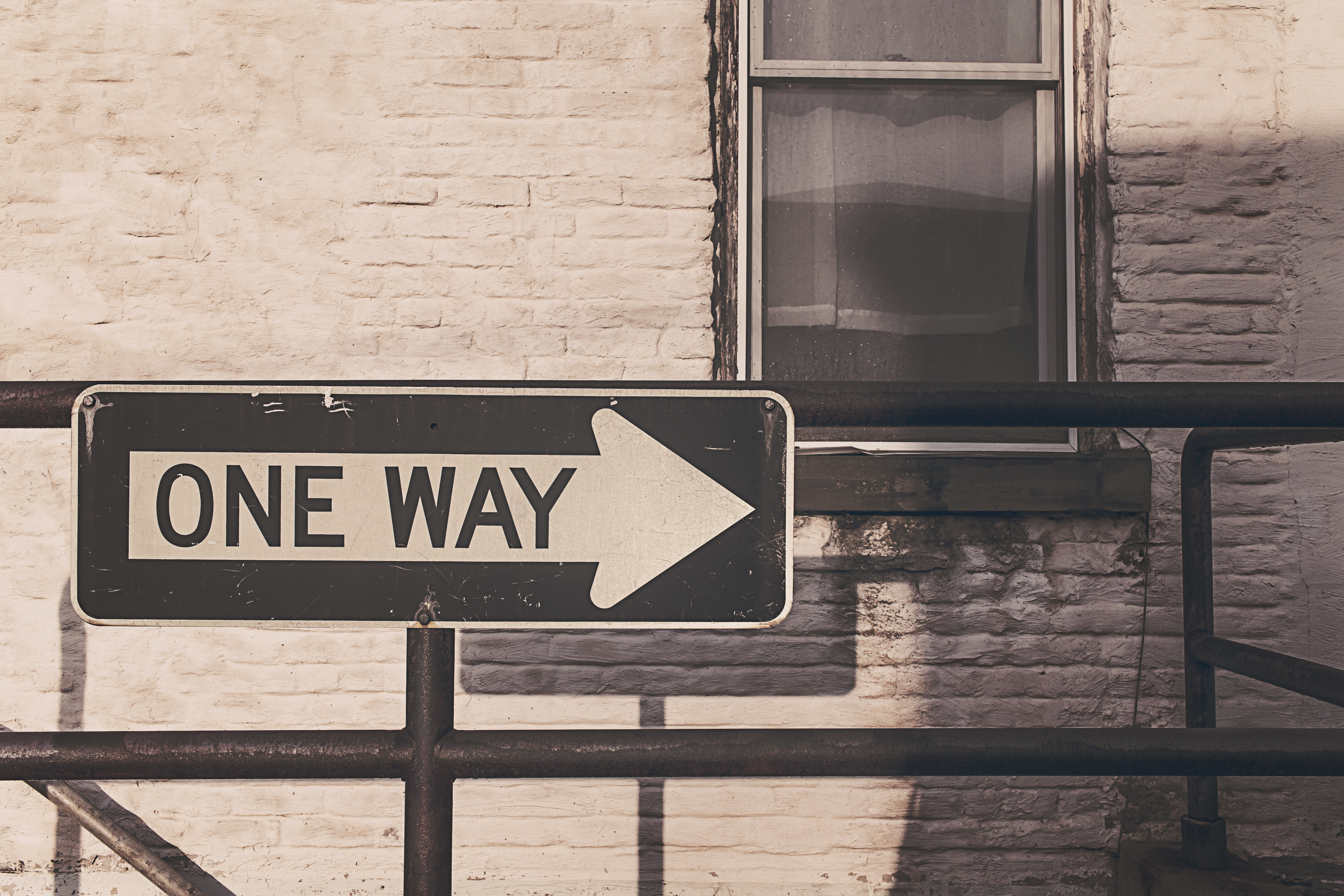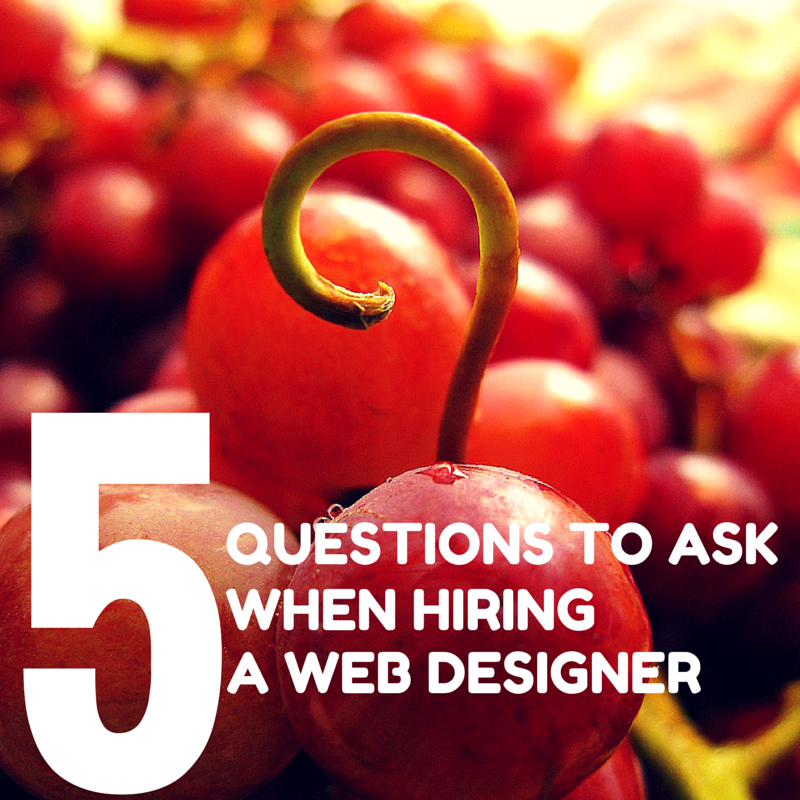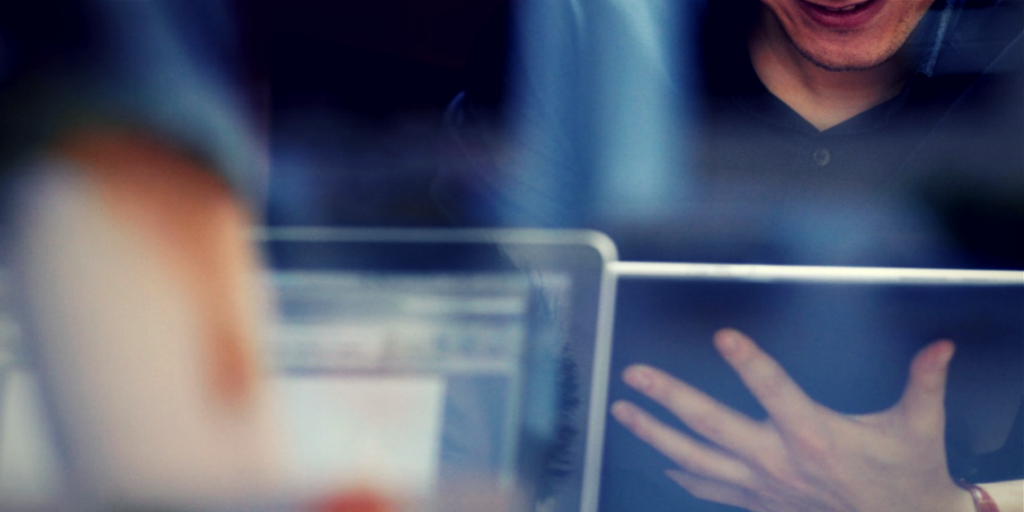3 Common Content Mistakes in User Interface Design
I’ve read countless articles on specific design principles and how they create a solid user interface. When combining these together they lay a foundation for a great user experience. Most of the time, when we see this topic being discussed it’s centered around the aesthetics of the interface. Today, I would like to touch on what mistakes I see being made from a content perspective.
1. Careless Error Messaging
Amazon.com’s checkout process is usually a great experience, it’s pretty easy and very accessible. I was making a purchase this week and received a message that I’ve never seen before:
” We’re sorry! An error occurred when we trying to process your request. Rest assured, we’re working to resolve the problem as soon as possible. If you were trying to make a purchase, please check Your Account to confirm that the order was placed. We apologize for the inconvenience.”
Even though the message is quite amiable I felt it was out of place and lacked support. The checkout process with Amazon begins with selecting a shipping address. (If you have multiples stored as I do) After you choose the shipping address the user is presented with another screen where you then choose the shipping method for each item. I was never given the opportunity to make these choices. So I was not only confused, but worried that my order was going to go to the wrong address and not get to me in time. After searching for my order history 3 screens away I finally found that the order had not been placed.
This error message was not from user error either. It was a system error that was out of my control. Error messages for these types of errors need the most care because the user has not given any input. At this point, they are already at a state of uncertainty. Amazon also directs me to check my account in which they have neglected to give me a quick link to so now I’m at a roadblock in their checkout process.
No matter if it’s a simple form or a long checkout process, error messaging should be precise. The content needs to pertain to each scenario and give the user a way to rectify the issue that they are faced with. Taking me to another screen that gives me a “possible confirmation error” doesn’t help me. Brevity, in this situation, would have been a better experience. They could have taken me to the “My Cart” page and given me a concise and informative message: “Something went wrong, we’re sorry, please try again”. There would have been no uncertainty and I would have been able to begin my process again quickly.
2. Inaccurate Language
I wrote a blog post a while back titled The Principles of User Experience Design. In it, I discussed the Principles of Design and how they relate to User Experience Design (UXD). The first principle I discussed was “Unity”. I want to revisit this a bit because using specific language will always make the user interface more intuative. This is ever more important due to the fact that the majority of users don’t read new web pages; they scan them. According to a study done by Dr. Jakob Nielsen, users remembered over 100% more of the content when the page was rewritten to be more scannable and concise.
Similarly, this is important in application interfaces were a large amount of content must be distilled down to it’s most concise form. Content, wether it be words or graphics, shows the users what to do and where to go. We call this “functional content”, as it guides users to take the actions they need to take. UX Mag gives a great example of this:
What is the difference between “Explore or Browse”? Accurate content creates a better experience in the fact that your user doesn’t have to think about where to go next.
3. Too Much Content
Not only does your copy need to guide your user when things go wrong while also being accurate and precise, it also shouldn’t overwhelm them either. The more choices they have the more information they will have to deduce.
Some may argue that most users will have some idea of what they need when coming to a site like this. By showing them more options, we are helping them get where they need to go faster. However, if the user is looking for an item that appropriately fits in many of these categories then it will slow them down. Why not give them only the section headers as options? Then, on the next page allow them to filter further. This way has two advantages: it guides the user closer to what they need faster and on the next page, creates a marketing strategy to entice users to buy other products.













